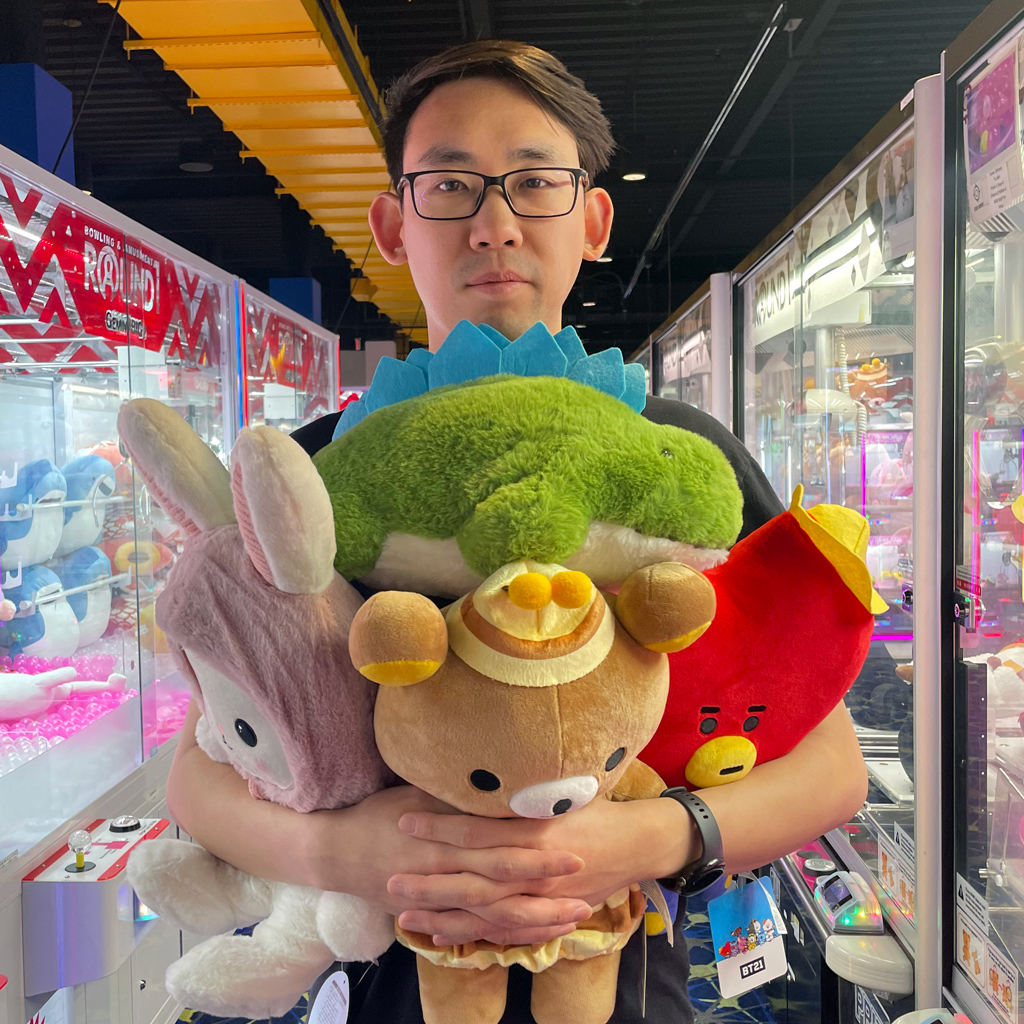My brain doesn’t understand gambling on pre-determined disadvantaged odds.
I think a reasonable type of gambling is event betting—like on sports, or political elections, or other major world events. Betting has had its plentiful fair share of scandals, but in general, it’s relatively controlled randomness—you’re considering past statistics, calculating the likeliness of a future outcome, and wagering your money.
Betting has actually been one of the most reliable indicators of certain outcomes of events; listening to “industry experts” is often pointless, but if you look at betting odds, the combined wagers from thousands upon thousands of people frequently calibrate the odds to reflect the actual likelihood of a certain event playing out in one way or another.
I think an unreasonable type of gambling is participating in things where there is a certainly disadvantaged pre-determined outcome. For example, in roulette, if you bet on either black or red, there is a guaranteed 18/38 chance of winning and 20/38 chance of losing. Is the promise of losing over 5% of your money over time truly worth the “thrill” of… placing casino chips on a table?
A similar premise applies to slots. Even the loosest RTP at major casinos in Las Vegas is about 92%. Is the promise of losing around 8% of your money over time truly worth the “thrill” of watching a slots animation play over and over again? Why not just watch a video of a slot machine on YouTube for free and save the 8% cut you’re donating to the casino?
You can probably guess where this is going. A similar premise also applies to claw machines. There is an element of skill with claw machines, because you have to line up the claw properly. There is also an element of cheese with claw machines, because some have intrinsic issues with their mechanics and you can abuse those exploits to consistently win. However, assuming that you are the world’s best claw machine player with perpetually perfect drops and you’re not relying on a bug, the success of your pull is strictly up to chance.
The machine controls the strength of the grip. It will look like you firmly grabbed the prize, but on the way up and over to the payout chute, the machine’s algorithm will determine whether or not you actually get to have what it’s holding. If you get unlucky, the grip will be too loose and your reward will fall back into the pile before it ever makes it into your hands.
This algorithm is controlled by software in the machine. If you look up the owner’s manual for pretty much any claw machine, you will almost always see a section titled “margin” or something substantially similar. This allows the owner to control the profit margin of the machine—they input the price of each prize and the cost of play, and the machine will control the flow of prizes to make sure the owner makes their desired revenue. This means that, if the machine decides it’s not time to pay out yet because it hasn’t met the appropriate profit margin numbers, you won’t get the prize, no matter how good you are.
… I still accompanied my friend Dani to an arcade dedicated to claw machines.
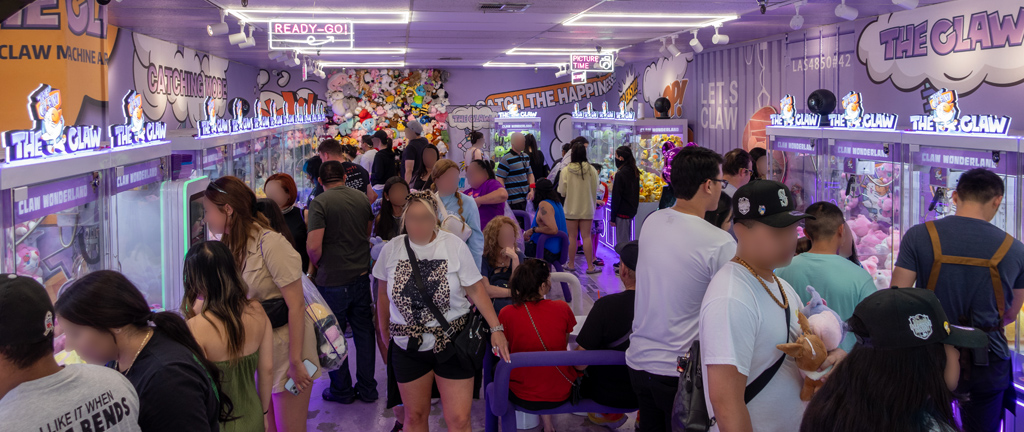
We went on a Sunday, so it was absolutely packed. The building was also much smaller than I had originally anticipated, so we were literally shoulder-to-shoulder with other people the entire time and frequently had to wait for machines to free up. The quantity of people made it so the air conditioning had trouble keeping up, and with the noise of the kids, it was very overstimulating.
With that being said, it was definitely a very interesting place; I’m glad I stopped by for a visit, because I have never seen anything even remotely close to this before.
I’ve been to plenty of regular arcades before, but because of the compactness and linear layout of THE CLAW, it felt like you were stepping into an entirely different world—almost like a movie set—and being “hugged” by the rows of machines with their bright lights. All the arcade features were lavishly exaggerated, and if there hadn’t been so many people, I think it would’ve been easy to just get lost in the spirit of the arcade.

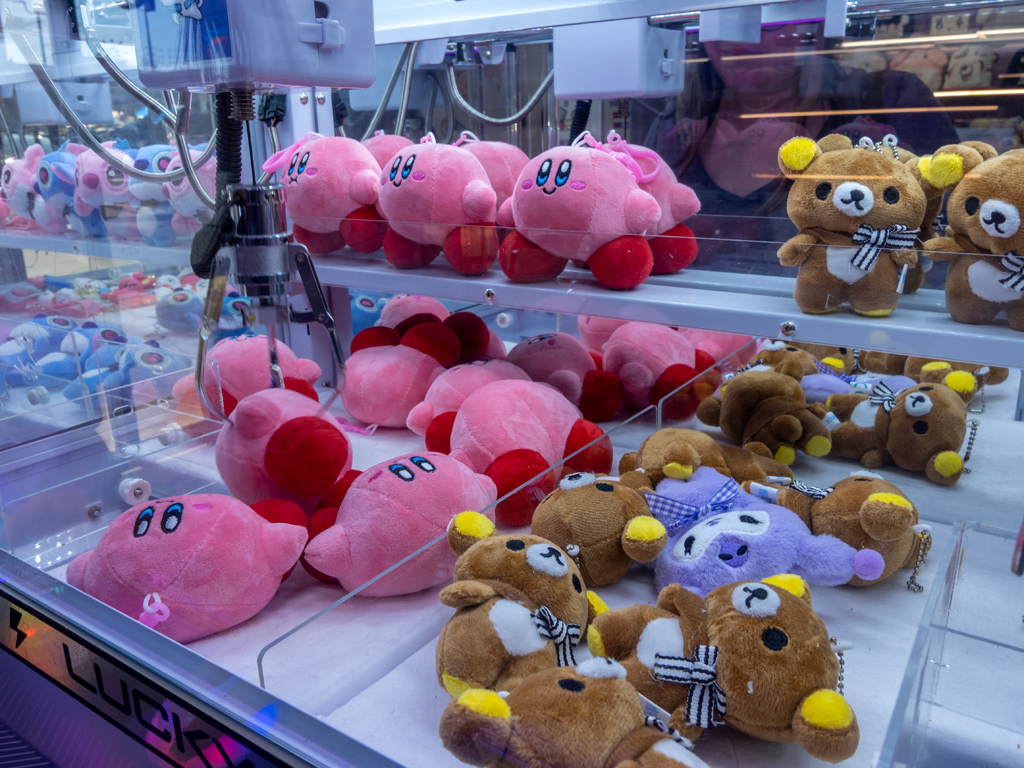
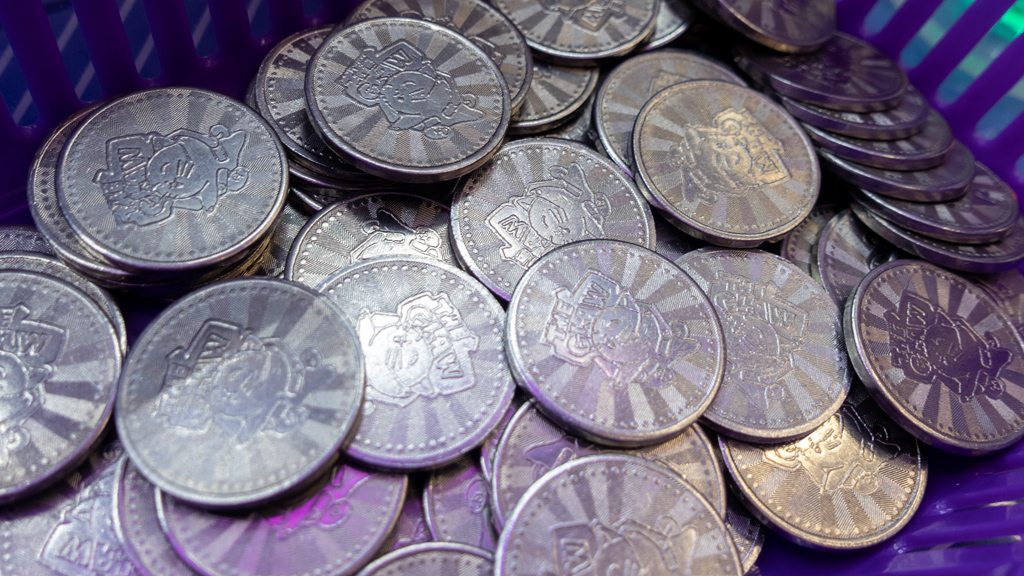
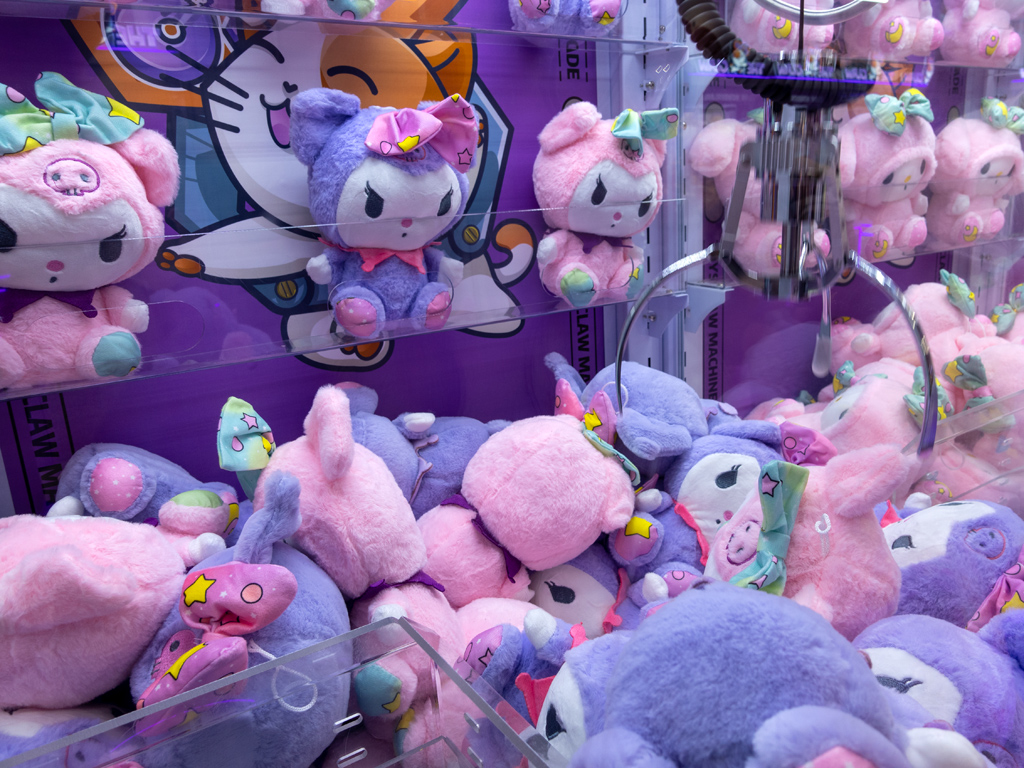
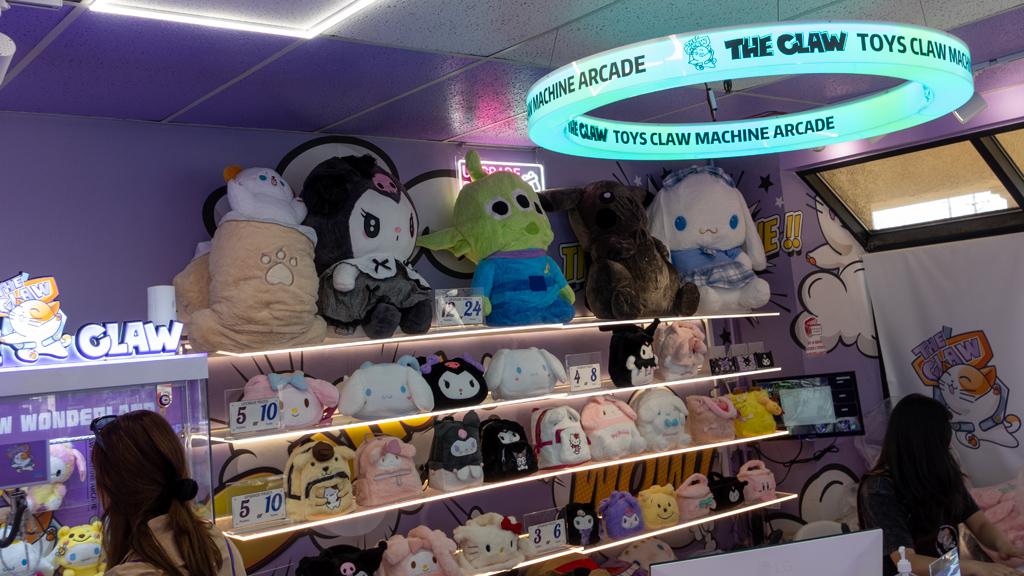
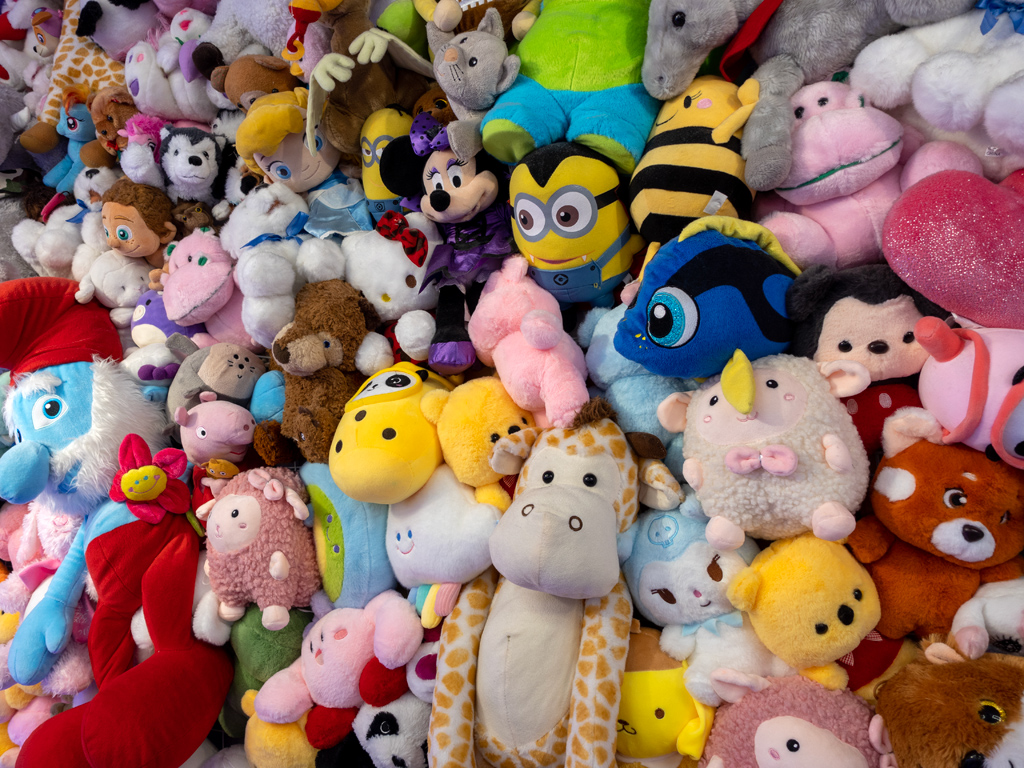
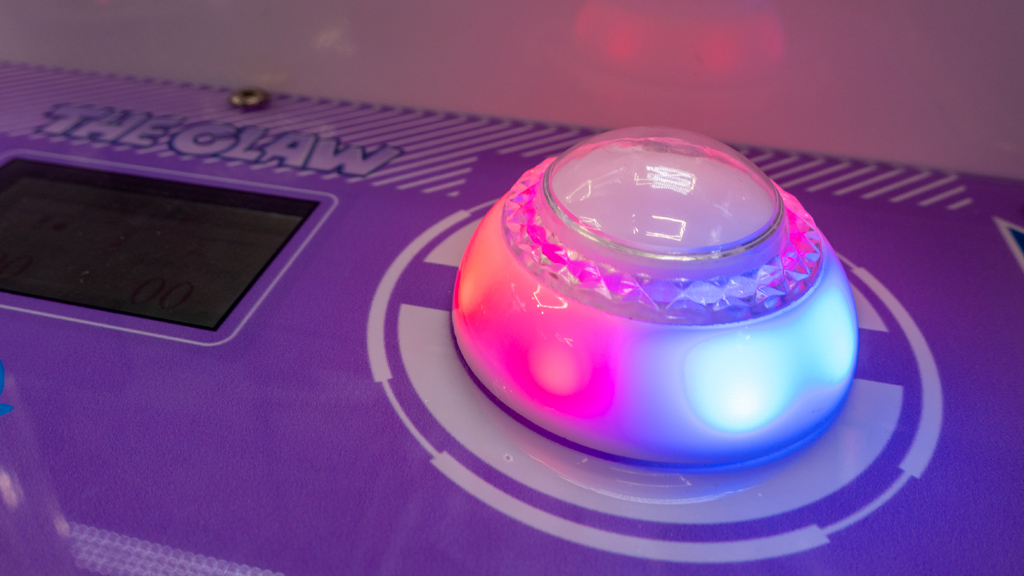
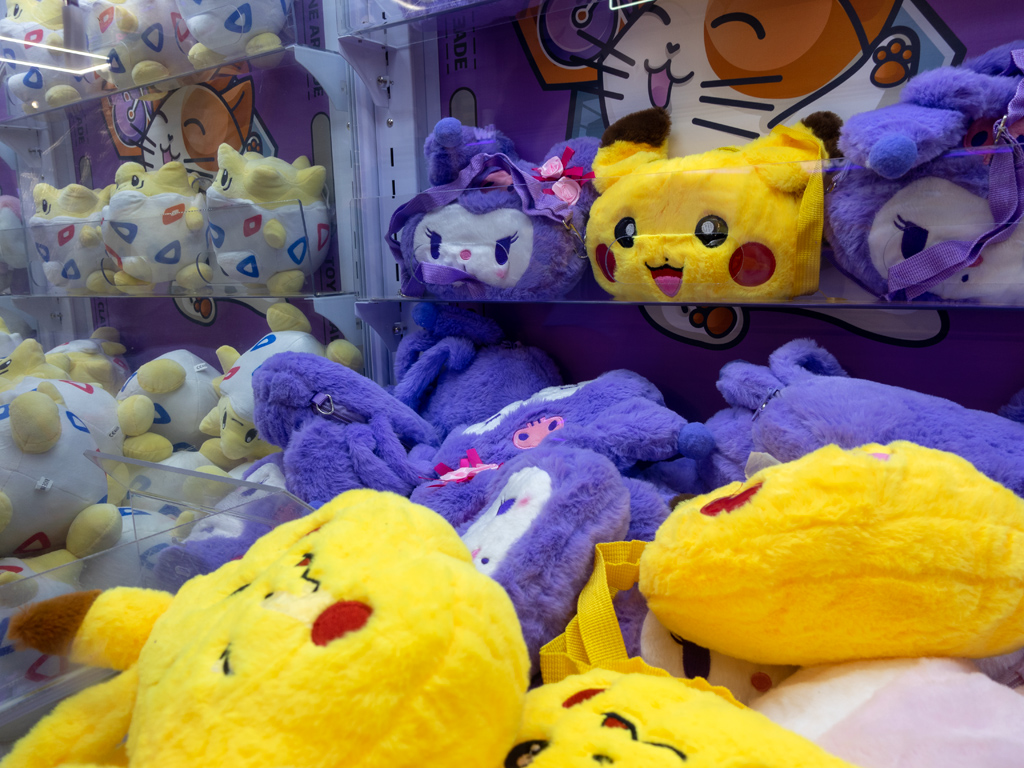

I did not participate, but Dani purchased US$70.00 of tokens, which yielded five plushies’ worth of spoils.
Yes, I have to be “that guy” who does the math now.
Dani practically purchased these plushies for $14 each. (In theory, it is technically less than $14 each, because we also purchased the “fun” that was included in that $14, though it is not realistically viable to assign a dollar amount to that right now, so we will simplify that and omit it from the calculation.)
The cost to the owner for each plushie is highly dependent on things like physical plushie size, bulk order size, and the trademark licensing of the characters, but as an overgeneralized average, you can expect each plushie to go at-cost for about $3.50 from a wholesale supplier. That means that the owner’s profit margin is 300%, i.e., for every $1 spent on plushies, the $1 is made back and another $3 goes into the owner’s pocket (excluding labor and other operating costs, of course).
The $70 of tokens took about half an hour or so to use up. With a very rough and vague estimate of about 15 people continuously playing (there were more people, but many of them were just parents accompanying their kids), that’s about $2,100 per hour and $18,900 for a 9-hour day. After deducting $4,725 for plushies, $810 for paying six employees $15/hr. for nine hours, $300 for a day’s worth of rent for a spot like that, $300 for a day’s worth of utilities, a generous $500 for a day’s worth of miscellaneous business operating expenses like insurance and repairs, and another few hundred for buffer, that leaves just over $12,000 in net profit after a busy day.
Keep in mind that my math could be off by literally several thousands of dollars, considering that I am just using very generic numbers and don’t truly know the ins and outs of running an arcade.
With that being said, now that I have made my attempt at ruining claw machines for you by giving an example scenario of how much money is being farmed off of you by arcades, here is a photo of the five plushies Dani won:
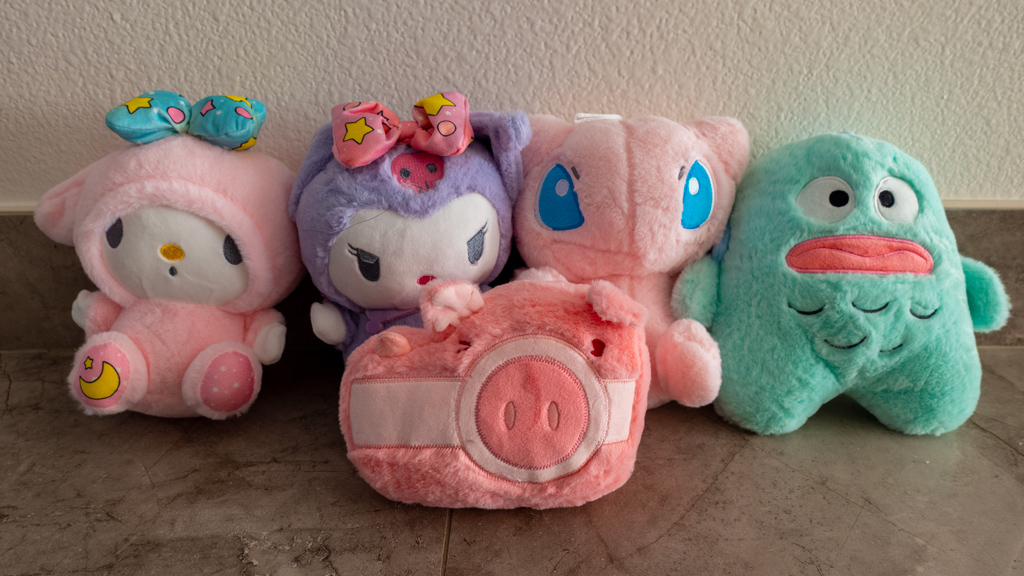
If you can’t tell by now, she really likes arcades. The night before going to THE CLAW, we also made a stop at Round1 Bowling & Amusement. I don’t know how much money she spent there, but she seemed to have better luck at Round1 than at THE CLAW.
She won four large plushies and was eager to make me hold them for her for the photo opportunity, the results of which I have reluctantly agreed to post here as a bonus picture… under the condition that nobody misconstrues this as a sign that I have been won over by the psychological warfare waged against you by arcades. 🤨
